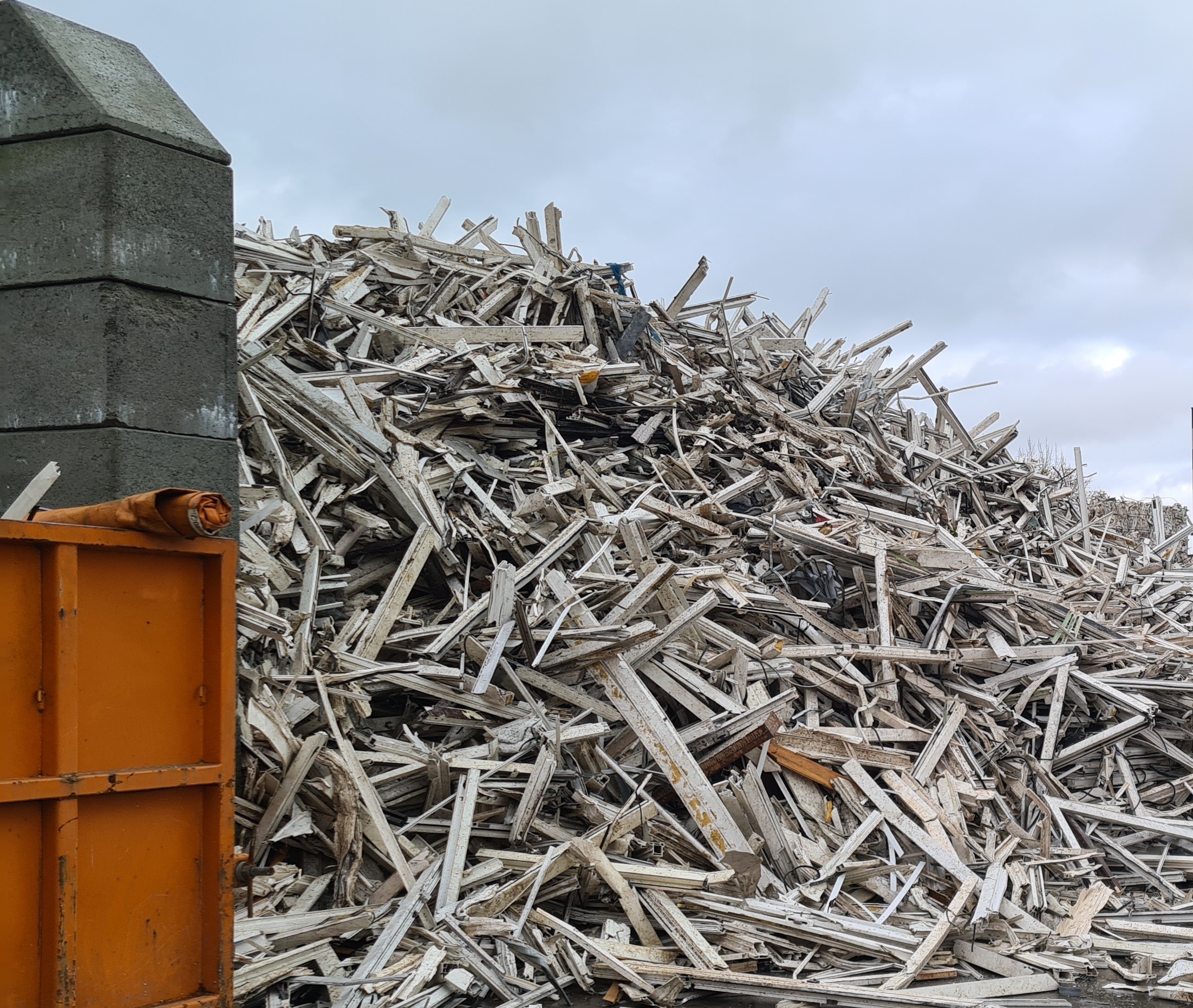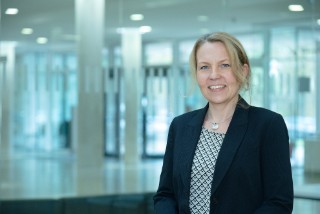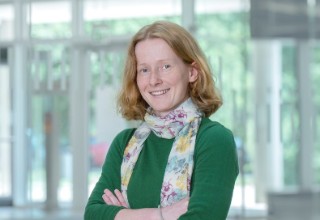
Fraunhofer is one of 15 multidisciplinary European partners investigating the possibility of integrating “old” PVC into the circular economy as part of the EU-funded REMADYL project. The term “old” refers to PVC that contains hazardous legacy substances such as short-chain phthalates and lead-based stabilizers that exceed the limit values now permitted. The use of short-chain phthalates is restricted as per Annex XVII to Commission Regulation No. 552/2009, and the EU enacted Regulation 2023/293 in May 2023 to revise the restrictions on the use of lead and lead compounds. Processing “old” PVC involves removing the hazardous legacy substances and then mixing the recovered PVC with new PVC. The resulting product is in line with the current legal provisions and fulfills the growing customer demand for safe, sustainable recycled materials. Fraunhofer ITEM was responsible for carrying out risk and exposure assessments on four processes for removing hazardous legacy substances. These processes, which were developed and optimized by several project partners, include methods of removing phthalates using scCO2 (Fraunhofer Institute for Chemical Technology ICT), removing lead using solid-liquid extraction (Centexbel) and MoS4-LDH (AIMPLAS) and for recovering high-purity metallic lead (Azor). The final risk assessment results were summarized on safety cards for each process as part of safety guidelines. After 4.5 years of collaborative work, the project is complete, and the final results will be published in 2024.
 Fraunhofer Institute for Toxicology and Experimental Medicine
Fraunhofer Institute for Toxicology and Experimental Medicine
